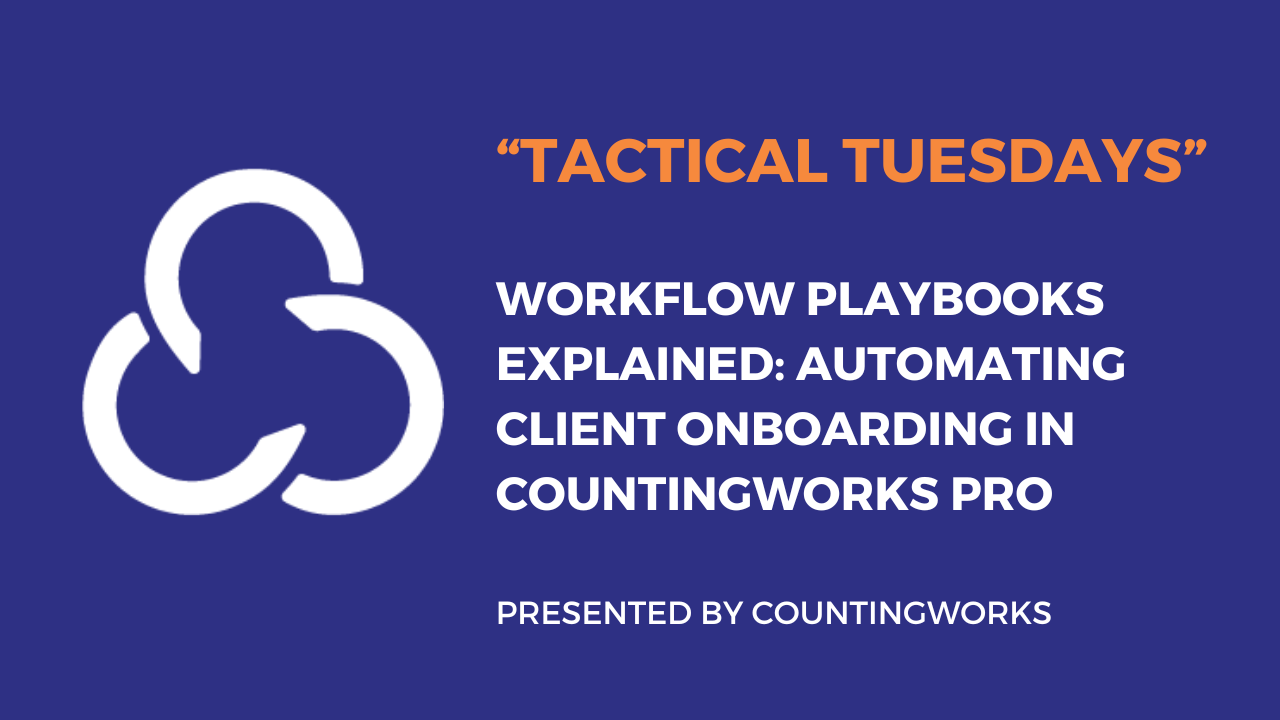
Like it or not, anyone with a website is operating at the mercy of search engines, with Google being the most important. If we want our websites to be found by the target audience, then we have to play by their rules – also known as “search engine optimization,” or “SEO.” In addition, simply-built websites that utilize storytelling are now performing better in converting site visitors to clients. If you are using an old, overly complex design, you may be behind the times. Sometimes, it’s hard to keep up with the latest information on what makes a great site. How can tax and accounting pros know when it’s time for a website refresh? Let’s dive in.
The Framework for SEO: Algorithm Updates
Google’s algorithm is far from stagnant: There are an estimated 500 – 600 Google algorithm changes per year, according to Moz. (Note: Most information on the content of the algorithm and any changes that occur comes down to speculation from industry professionals.) Additionally, there are less frequent, more significant updates that we pay closer attention to. Marketing expert Neil Patel explained this well: “The best knowledge we have of Google’s algorithm comes in the form of major algorithm updates like:
- Mobile-first update (July 2019): Googlebot now looks at all websites as a smartphone, prioritizing sites that work well on mobile devices.
- Mobile-friendly update (April 2015): Favoring websites with mobile-friendly versions and setting the stage for future penalties if sites don’t comply.
- Pigeon (July 2014): Worked to integrate local search results like Google Maps.
- Hummingbird (August 2013): Aimed to understand the context and intent behind a user’s search instead of just looking at the literal words they typed.
- Penguin (April 2012): Targeted spammers and sites that buy unnatural links to boost their rankings.”
One such algorithm change that we have more information on is the page experience update, which started rolling out on June 15, 2021 and will continue through the end of the summer. In this update:
- The importance of speed, performance, and aesthetics increased
- Three new metrics for user friendliness were added
- Visuals became more crucial
- Storytelling websites convert better
- And much more
All in all, most experts sum it up by saying that customer-centric websites (those that focus on user experience) will perform better on Google. For those who run websites and are looking for the most high-impact factors to pay attention to, we recommend working to optimize speed and simplicity/design.
Why Website Speed Matters and How to Improve Yours
Page speed is not new to the list of important SEO factors – it’s been a ranking factor on desktop since 2010 and on mobile since 2018. The page experience update that started rolling out in June 2021 includes another set of speed-related ranking signals called the Core Web Vitals (CWVs):
- Largest contentful paint (LCP) – Essentially measures how fast the largest and most important piece of page content loads for viewers
- First input delay (FID) – Measures responsiveness of your webpage to input (e.g. clicks)
- Cumulative layout shift (CLS) – Measures stability of the page and whether any elements are displaced as other elements load
These new metrics “will help website owners monitor and improve the loading speed, responsiveness, and stability of their websites to ultimately build a better user experience (UX).” Because these CWVs will become a lightweight ranking factor, there’s definitely an incentive to improve them from an SEO standpoint. However, the quality of content on your site is still extremely important, and you don’t want to destroy that as a result of your efforts to optimize for speed. As Google’s Martin Splitt put it,
“Is it ‘the’ ranking factor (whatever that’s supposed to mean)? No. A fast website with terrible content is likely not what searchers seek… But if you have two good pieces of content and one is going to be frustratingly slow, we might wanna give the faster one a better position, no?”
If you aren’t sure how you stack up, check your site speed with Google’s PageSpeed Insights tool. Then, work on improving the speed of all your webpages and your site overall. Moz offers these ways “to increase your site speed:
- Enable compression.
- Minify CSS, JavaScript, and HTML.
- Reduce redirects.
- Remove render-blocking JavaScript.
- Leverage browser caching.
- Improve server response time.
- Use a content distribution network.
- Optimize images.”
How to Meet Google’s Website Standards for Design and Simplicity
The page experience update is, at its core, aiming to simply make the experience better for the user. Speed is a big piece of this, but so are the aesthetics and accessibility of the website. Simple websites perform better. According to a study by Google:
- Users “will judge websites as beautiful or not within 1/50th to 1/20th of a second.”
- “‘Visually complex’ websites are consistently rated as less beautiful than their simpler counterparts.”
The perfect example of a simple website is Apple. Minimalistic design, intentional use of color, and concise copy help the user focus on what’s important.

Additionally, accessibility is being prioritized in search, and many of the ways you make your website more accessible to end users also make it easier for search engines to understand. For example:
- Header tags – Organize your content with H1 and H2 tags, and be sure to include your target keywords in the headers when applicable.
- Alt text – Including alt text for your images improves accessibility, tells search engines what the image contains, and acts as a backup in case someone’s browser doesn’t show your image.
- Accessibility compliance – Compliance with the Americans with Disabilities Act (ADA) is crucial for a few reasons: Users expect it; legislation requires it; it’s the right thing to do; and it will help your page experience. Many sites are not yet compliant with the ADA. CountingWorks PRO has an integrated Accessibility Widget that can be turned on and off via the Portal. The widget ensures a comprehensive legal & regulatory compliance framework covering ADA, Section 508, WCAG 2.1 level AA, and much more.
Optimizing your site design and aiming for simplicity is a great way to boost your page experience. Think of it as tying a simple, beautiful bow on a package of high-quality site content and speed.
Refreshing Your Tax and Accounting Website with CountingWorks PRO
If you don’t have time to worry about optimizing SEO for your accounting and tax website, CountingWorks PRO is here to help. All our websites are optimized for mobile, copy-written with conversion in mind, loved by search engines, and score 90+ on Google speed tests.



You focus on providing the 5-star service, and we’ll take care of the rest. Contact us today at 1-800-442-2477 x3 or schedule a free demo of CountingWorksPRO! Not ready to talk to an expert? You can always try out our platform for free here.













.svg)